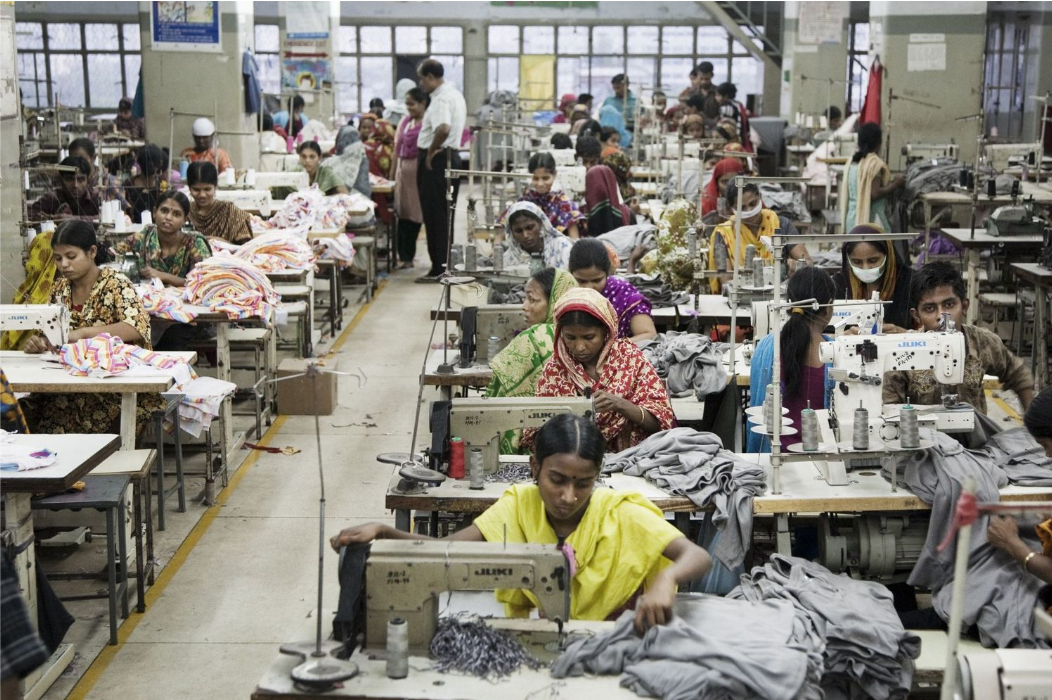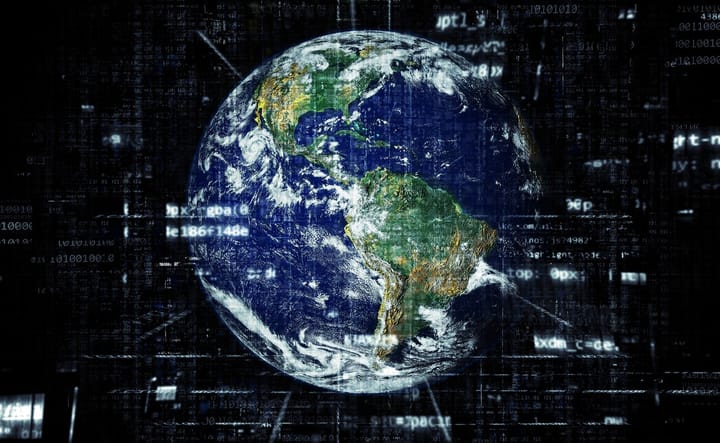Fast Fashion - The True Cost of That Cheap T-Shirt

Erin Samuel, Year 7 Competition Winner
Fast fashion. Those cheap clothes that you see online, in stores or even advertised on social media. Wherever you look, advertisements for outfits at prices that are a bit too low. Bright colours, trendy styles, cheap costs that lure you in to buy more, and more, and more. It seems harmless, right? But behind those bargains lies a darker reality that not many people know about. What seems like a good deal could be a much larger cost for the planet and the people who make the clothes you’re wearing.
It’s hard to pinpoint exactly when fast fashion started. But the concept started around the 1970s, when retailers began exporting production to other countries, which was especially shipped from Asia, because they could get away with paying workers lower wages than in the Western countries. Fast fashion skyrocketed in the early to late 1990s, when the term was first used and when clothing started to become a form of self expression. This was also when two of the largest fast fashion brands today, Zara and H&M, introduced their idea of mass production. They embraced the theory of something called “quick response”, which is when brands follow the recent trends, along with the affordability of clothing, making it a popular choice to consumers.
However, some people think otherwise about the beginning of this, saying fast fashion started much earlier. Up until the early 1800s, clothes were infrequent, because you had to save up to purchase wool or have your own sheep, as well as hand weaving and sewing. Overall it was a time-consuming process, which is why restocking your wardrobe was extremely uncommon. Then, the sewing machine was invented, making clothes quicker, easier and cheaper. Along with sweatshops, which is a workplace, often being a factory, where employees work long hours with low wages in poor conditions; these can be violations of labour laws. These helped with keeping up with the demand of clothing.
An estimated 300 million people have jobs because of fast fashion. Seems like a benefit, you may think. But if you think about it the other way around… An estimated 300 million are enrolled in the clothing and fashion industry today and are working in inhumane conditions, being underpaid. These employees work 14 to 16 hours a day on average. That’s the same amount of time that most people stay awake. This labour is seven days a week and sometimes employees must work until 2 or 3am. Believe it or not, this also includes millions of children. According to a 2020 survey of 250 major brands, only 2% of fashion brands have a public, measurable plan to achieve a living wage for their workers.
Clothing production has doubled - garment usage lifetime has decreased. This single sentence describes fast fashion as a whole. Buy, toss, repeat. The environmental factors of fast fashion are devastating and there is no denying it. 92 million tons of textiles go to waste every single year, which is 85% of our fast fashion. All these outfits that you see usually rely on raw materials like synthetic fibers and cotton, which require a significant amount of land use, water and energy. The industry also contributes to 20% of water pollution, with all the dyes and chemicals used in fabrics released into the waterways. The carbon footprint is slowly increasing, and now ranks higher than the emissions from air-travel.
So, you’ve heard about all the negative effects with fast fashion, but what can we do about it? The first and most powerful step is to be more conscious of our shopping habits. It might be hard to resist from the low-cost clothing ads that pop up every time you open up a social media app, but you don’t have to follow every trend. Choosing better quality that will last. Supporting ethical brands that pay their workers well and prioritise the environment. We could donate, repair and upcycle clothes instead of letting them end up in landfills and our oceans. Finally, we need to step away from “overconsumption” as you might have heard. Buying less and thinking more. These sound like small changes, but we could drive change across the fast fashion industry and help protect everything associated with it.
We never see these impacts because it’s all disguised and hidden by cheap costs and trendy advertisements. From environmental destruction to illegal labour practices, it’s high time we make wise choices from a young age. Upcycling, thrifting, donating, mending; the list goes on and on. Clothes should be created to last longer, not as throw-away garments. Consumers, brands and lawmakers should work together to make the fashion market a better and more sustainable place for everyone. Our choices can reshape the future fashion for the better.




Comments ()